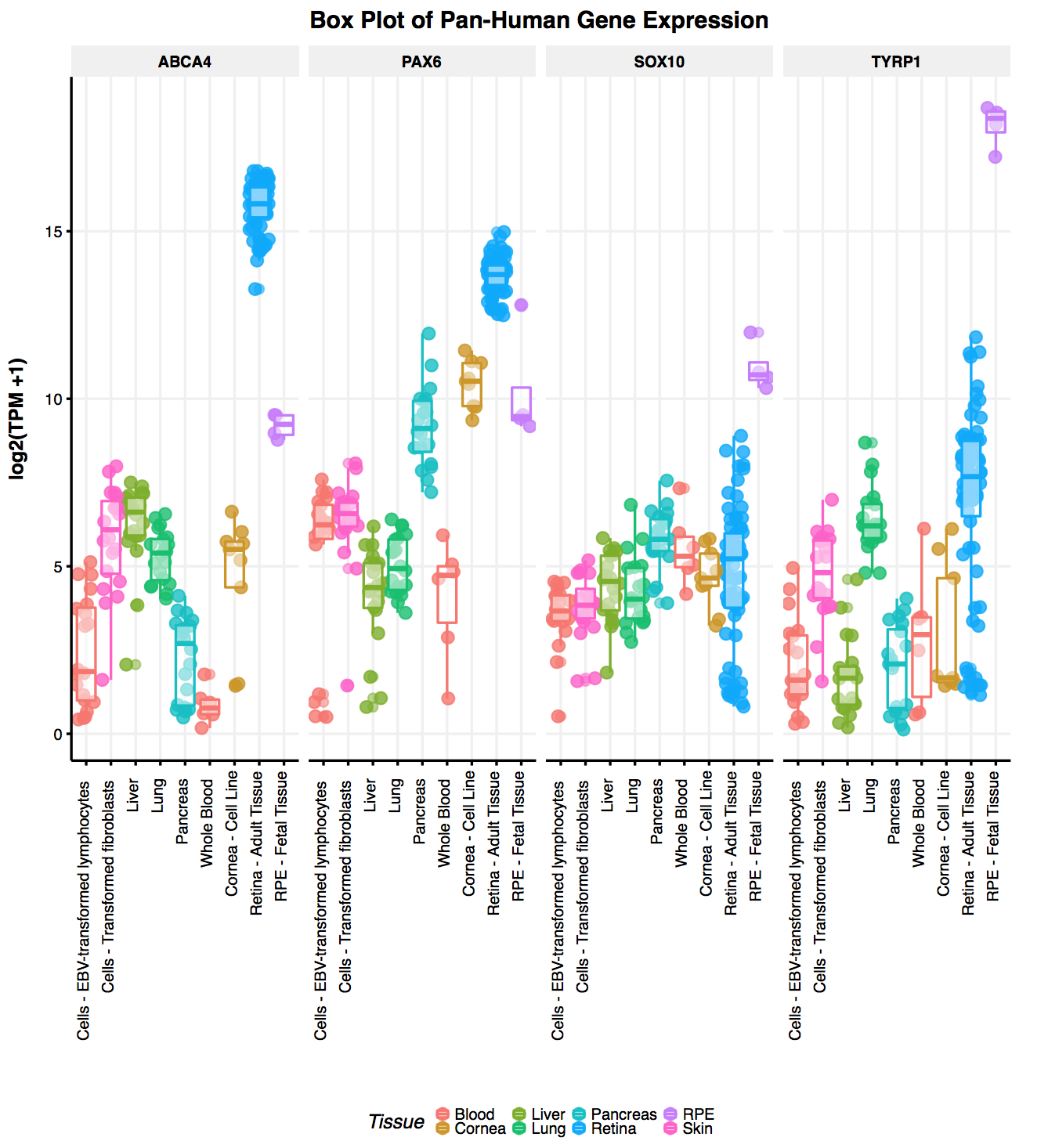Projects

eyeIntegration
Integration of public human eye RNA-seq datasets https://eyeintegration.nei.nih.gov.
I head the Bioinformatics Group at the Opthlamic Genetics and Visual Function Branch (OGVFB) of the National Eye Institute. The group is, generally, responsible for analysis of NGS data in the branch.
My research interests include (re)analysis of public genomics data sets and genetic variant prioritization in human disease.
I use bash, python (when necessary), and R (when possible) to get work done.
This is a personal page. Nothing I post or write here is endorsed or approved by NEI or NIH.
PhD in Human Genetics, 2010
Johns Hopkins School of Medicine
BA in Biology, 2004
Amherst College
Repository of information on group culture, NIH resources, and programming practices

Integration of public human eye RNA-seq datasets https://eyeintegration.nei.nih.gov.

John Bryan is working on network analysis of large sets of RNA-seq data for the eyeIntegration project